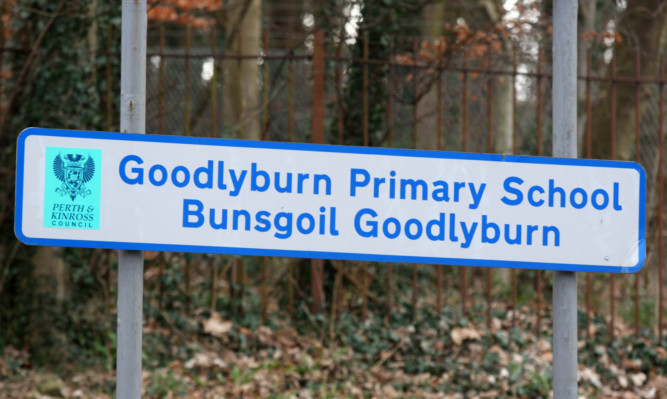The staggering cost of imposing Gaelic culture on areas with no tradition has come under attack.
Tens of millions of pounds will be spent across Scotland’s 32 local authority areas in the next few years to implement Gaelic language plans (GLPs).
They seek to safeguard the future of the declining language by promoting learning, increasing its use and enhancing its status.
That will be achieved through the gradual introduction of bilingual signs and websites, and the hiring of council officers with a remit for Gaelic matters.
The scheme has been many years in the making and, although supportive of the bid to preserve the country’s heritage, opponents have questioned the Government’s spending priorities at a time when councils are being forced to make significant cuts to services.
In Perth and Kinross where the last native speaker of Perthshire Gaelic is said to have died 20 years ago almost £350,000 is to be spent on the project.
Some communities, including that represented by Milnathort Community Council, have called on Perth and Kinross Council to divert the cash to areas of greater importance, such as roads maintenance.
But with the council clear that it is tied to investing the cash in Gaelic measures by the Government, local councillor Willie Robertson a lone voice of opposition when the local GLP was unveiled has called for a rethink at a national level.
“I don’t believe the council has any choice but to spend this money earmarked for the Gaelic language plan on this project,” he said.
“This policy was adopted by the previous Labour and Liberal Democrat Government and is now being overseen by the SNP.
“The economic landscape of Scotland has change dramatically since it was first proposed and it seems incredible to blindly continue to spend these sums when we are cutting budgets and services across the country.”
Mr Robertson said the council already invested significant money, time and effort in the promotion of Gaelic culture and language and he questioned the need to spend more.
“I would encourage the teaching of Gaelic in our primary and secondary schools and I would encourage cultural projects such as the Mod,” Mr Robertson added.
“We already do this as a council, however, and to spend an additional £350,000 on it in this financial climate seems to me to be wrong.
“Residents come to me all the time and tell me that things are not being done or that money needs to be invested in certain areas.
“I have to tell them that there is simply no money available but that is a difficult stance to maintain or explain when it is clear that there are significant sums of money available for projects such as this.
“There will no doubt be places in Kinross-shire that have names that draw their origins from Gaelic but I don’t ever remember that the language was spoken here.
“Even in the Scottish Borders, where there is absolutely no Gaelic tradition, this money will have to be spent.”
The Scottish Government’s national Gaelic plan for 2014-15 is aimed at safeguarding the future of the declining language by promoting learning, increasing its use and enhancing its status.
Describing the position of Gaelic as “extremely fragile”, it believes there needs to be a concerted effort on the part of Government, the public sector, the private sector and community bodies to ensure it has a sustainable future.
